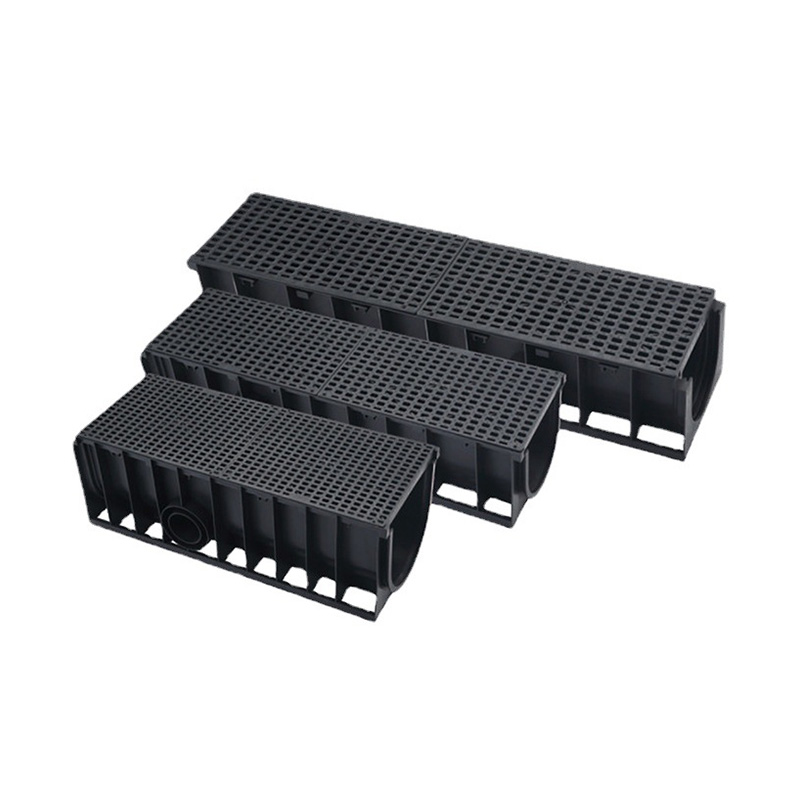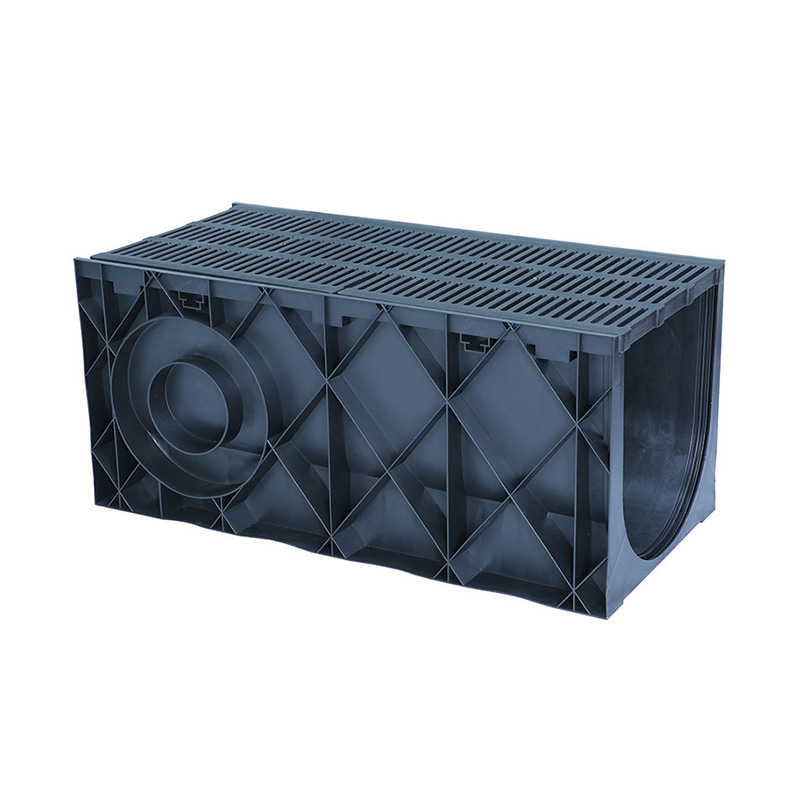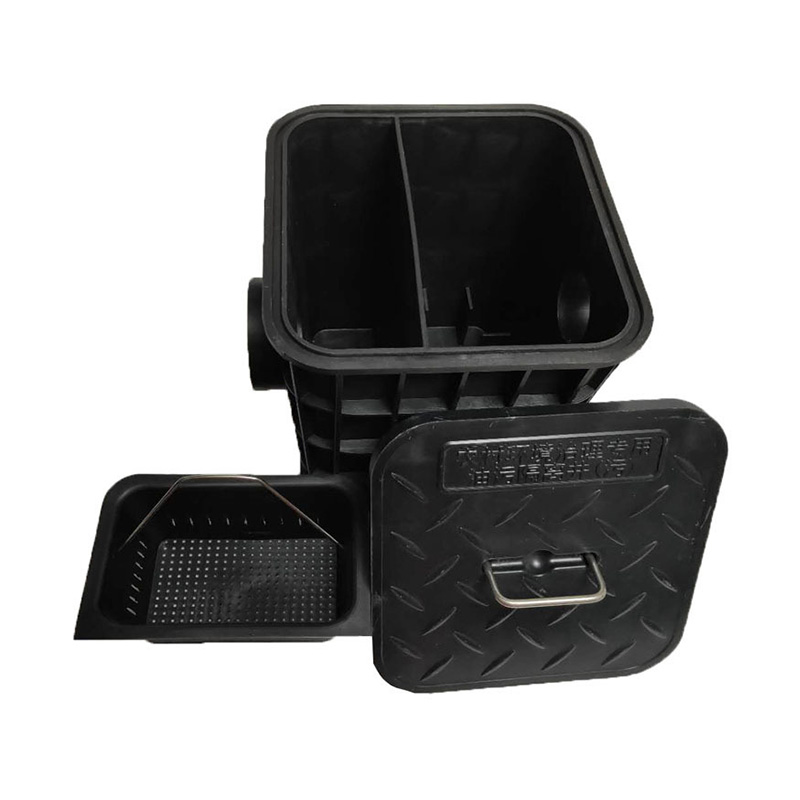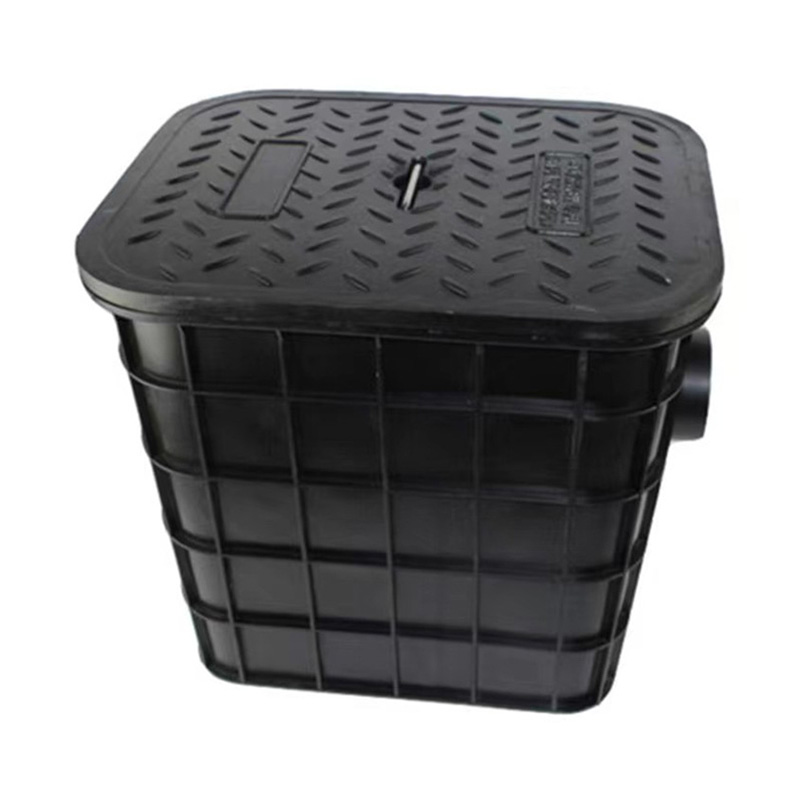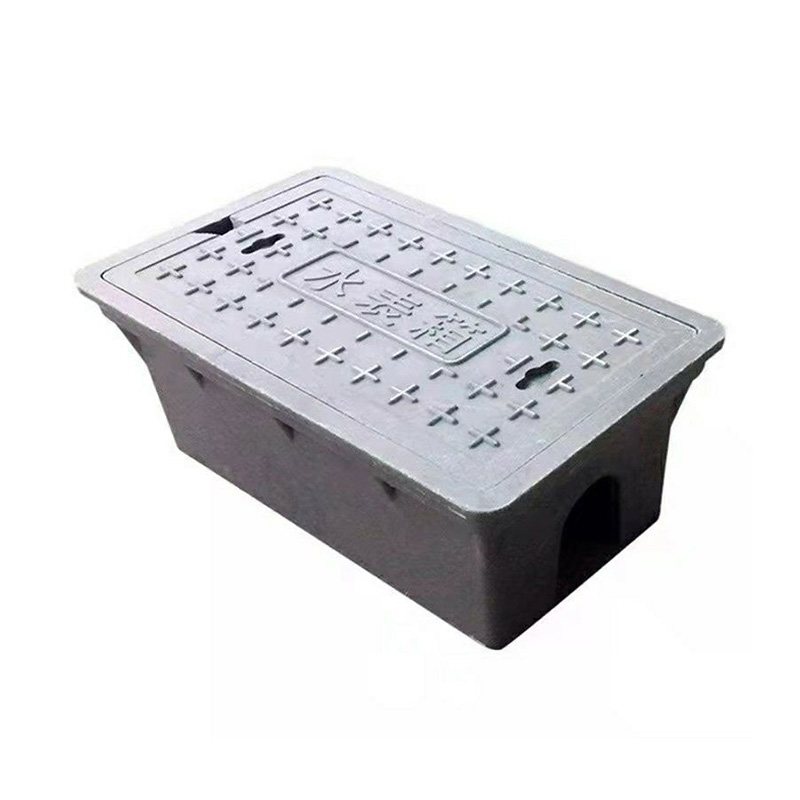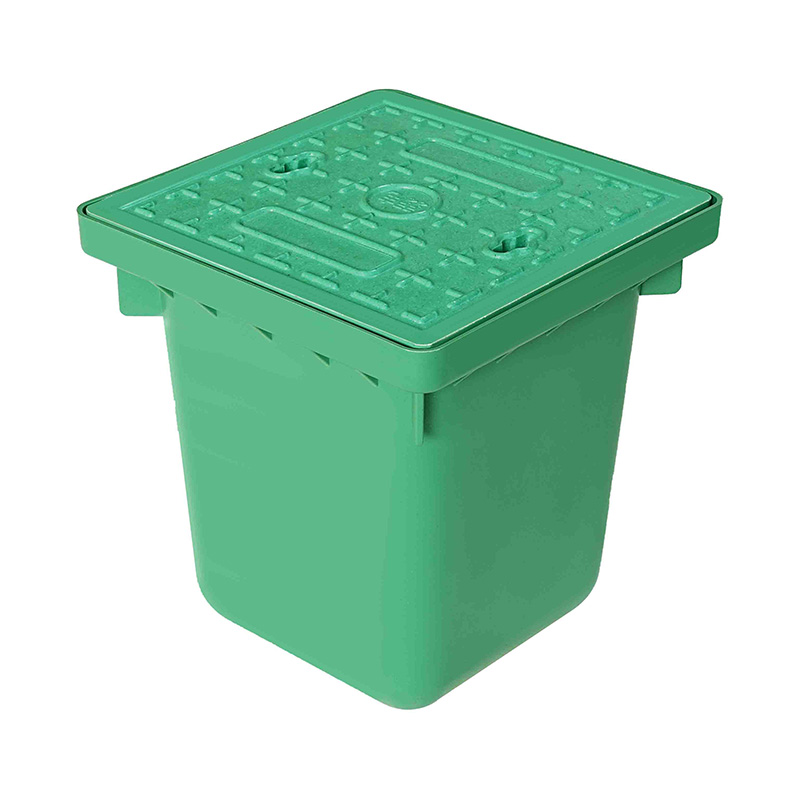When it comes to utility maintenance, selecting the right chamber cover is essential for ensuring easy access, durability, and safety. Plastic chamber covers have gained popularity in recent years due to their lightweight, corrosion-resistant, and cost-effective nature. However, choosing the right plastic chamber cover requires careful consideration of various factors to meet specific utility needs and regulatory requirements.
One of the primary factors to consider when selecting a plastic chamber cover is its load capacity. The cover must be able to withstand the weight of vehicles, pedestrians, and other external loads without deforming or breaking. Manufacturers provide load ratings for their covers, indicating the weight they can support. It's crucial to select a cover with a load rating appropriate for the anticipated traffic in the area.
Not all plastic chamber covers are created equal. Different materials, such as polypropylene (poly), polyethylene (PE), or glass-reinforced plastic (GRP), offer varying levels of strength, durability, and chemical resistance. Poly manhole covers, for example, are known for their lightweight and high corrosion resistance, making them suitable for a wide range of applications. Assessing the specific environmental conditions and chemical exposure in the installation area can help determine the suitable material for the chamber cover.
Chamber covers come in various shapes and sizes to accommodate different utility chambers and access points. It's essential to measure the dimensions of the chamber accurately to ensure a proper fit. Additionally, consider the shape of the cover—round, square, or rectangular—to match the chamber opening. A well-fitted cover prevents unauthorized access, minimizes the risk of accidents, and maintains the integrity of the utility infrastructure.
Safety is paramount when it comes to utility maintenance. Look for plastic chamber covers with anti-slip features, such as textured surfaces or raised patterns, to provide traction for pedestrians and vehicles, especially in wet or slippery conditions. Anti-slip covers reduce the risk of accidents and injuries, enhancing overall safety in the maintenance area.
To prevent unauthorized access and vandalism, consider chamber covers with secure locking mechanisms. Lockable plastic chamber covers typically feature integrated locking devices or provisions for padlocks to deter tampering. Investing in covers with robust locking systems adds an extra layer of security to utility infrastructure, reducing the risk of theft or damage to underground assets.
In environments where exposure to corrosive substances is a concern, such as wastewater treatment plants or industrial facilities, choose plastic chamber covers with outstanding chemical resistance. Poly manhole covers, in particular, are known for their resistance to acids, alkalis, and other harsh chemicals, making them suitable for corrosive environments. Assessing the specific chemical exposure in the installation area ensures long-term durability and performance of the chamber cover.
Consider the ease of installation and maintenance when selecting a plastic chamber cover. Look for covers with lightweight designs and integrated lifting aids, such as handles or lifting holes, to facilitate easy handling and installation by maintenance crews. Additionally, opt for covers that require minimal maintenance and are easy to clean to reduce downtime and maintenance costs over the cover's lifespan.
Finally, ensure that the selected plastic chamber cover complies with relevant industry standards and regulations. Depending on the application and location, covers may need to meet specific load-bearing requirements, safety standards, and accessibility guidelines set forth by regulatory authorities. Choosing compliant covers ensures that utility infrastructure remains in compliance with legal requirements and industry practices.
Selecting the right plastic chamber cover for utility maintenance involves considering various factors such as load capacity, material, dimensions, safety features, locking mechanisms, chemical resistance, installation, maintenance, and regulatory compliance. By carefully evaluating these factors and choosing covers that meet specific utility needs and regulatory requirements, utility managers can ensure safe, reliable, and cost-effective maintenance of underground infrastructure. Plastic manhole covers, poly manhole covers, and plastic chamber covers offer numerous benefits in terms of durability, corrosion resistance, and ease of installation, making them popular choices for utility maintenance applications.

 English
English русский
русский Español
Español عربى
عربى